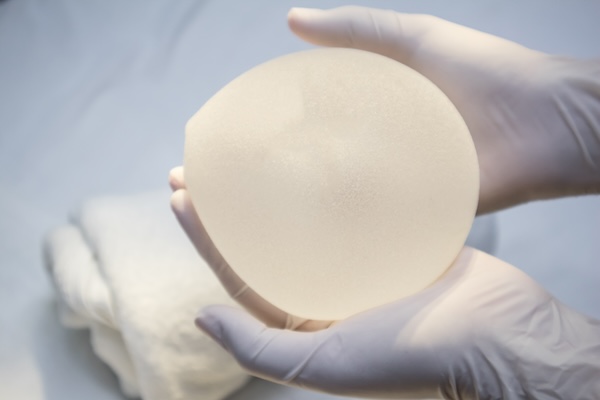 I own a Vectra 3D camera, and I love it. Love. It helps me show patients their breasts, find asymmetries, and try to simulate what things may look like after breast augmentation.
I own a Vectra 3D camera, and I love it. Love. It helps me show patients their breasts, find asymmetries, and try to simulate what things may look like after breast augmentation.
But I use it as an adjunct. I don’t print out photos of “this is what your breast will look like!” or use it to tell me exact size of your breast, or exact amount that right breast is larger than the left. Why? When I bought it I thought it would be the holy grail. I could finally do a breast surgery and know that the right breast is 23 cc larger than the left. Science. Imaging. Exactness. But I found it varies in its ability to analyze.
Please hear me, I love the Vectra. But it is not as exact as I would wish. And I get it. The breast is hard to analyze. Things like stretchy skin, or fullness which is really looseness and air (that is how a minimizer bra is able to make you look smaller) isn’t a parameter we can input. How old is the patient? How is the skin tone? Have you had kids or major weight changes?
This study was looking at what width implant should you choose for breast augmentation patients. Can you optimize it by using the Vectra? September 2024, Aesthetic Surgery Journal, “Optimizing Implant width Selection in Breast Augmentation: Insights From On Patient Landmark Position in 3D Breast Simulation.”
I’ll cut to the chase. They looked at patients’ clinical assessment (the doctor) vs. Vectra program- what is the best width breast implant?
- Doctors assessed what they thought the ideal width of implant would be.
- They then looked at Vectra two ways- points placed on the 3D image done automatically by the Vectra program and points placed manually by the doctor.
- They tried to give consideration to the thickness of the breast tissue.
- They then looked at the implant base width.
What did they find?
Clinical assessment was better. They found doctors ideal breast implant width measurements were consistently and significantly lower than those done by Vectra, whether the reference points on the image were placed by the Vectra program or manually by the doctor, though the doctor placed points were closer.
My thoughts?
I still love my Vectra, even if it isn’t the holy grail I had hoped for. I tell patients it is a tool in my toolbox. I do think with time and AI we will get to a place with more accuracy, but we aren’t there yet. After doing breast surgery for 30 years now (! egads I am old), it’s nice to know we doctors still know better than the machine.
There are measurements and reasons I value the Vectra. It is great to show patients what happens when I put the implant too lateral or medial, or higher or lower, and how that changes nipple position. It does help show people asymmetries in their breasts, of nipple position, size, droopiness, and the inframammary fold. It standardizes photos.
For anyone looking to do any breast surgery, a Vectra photo is an awesome addition to help you analyze.
The information provided on this website is for general informational purposes only and does not constitute medical advice, diagnosis, or treatment. Always seek the advice of a qualified healthcare provider for any questions regarding your health or medical condition.
